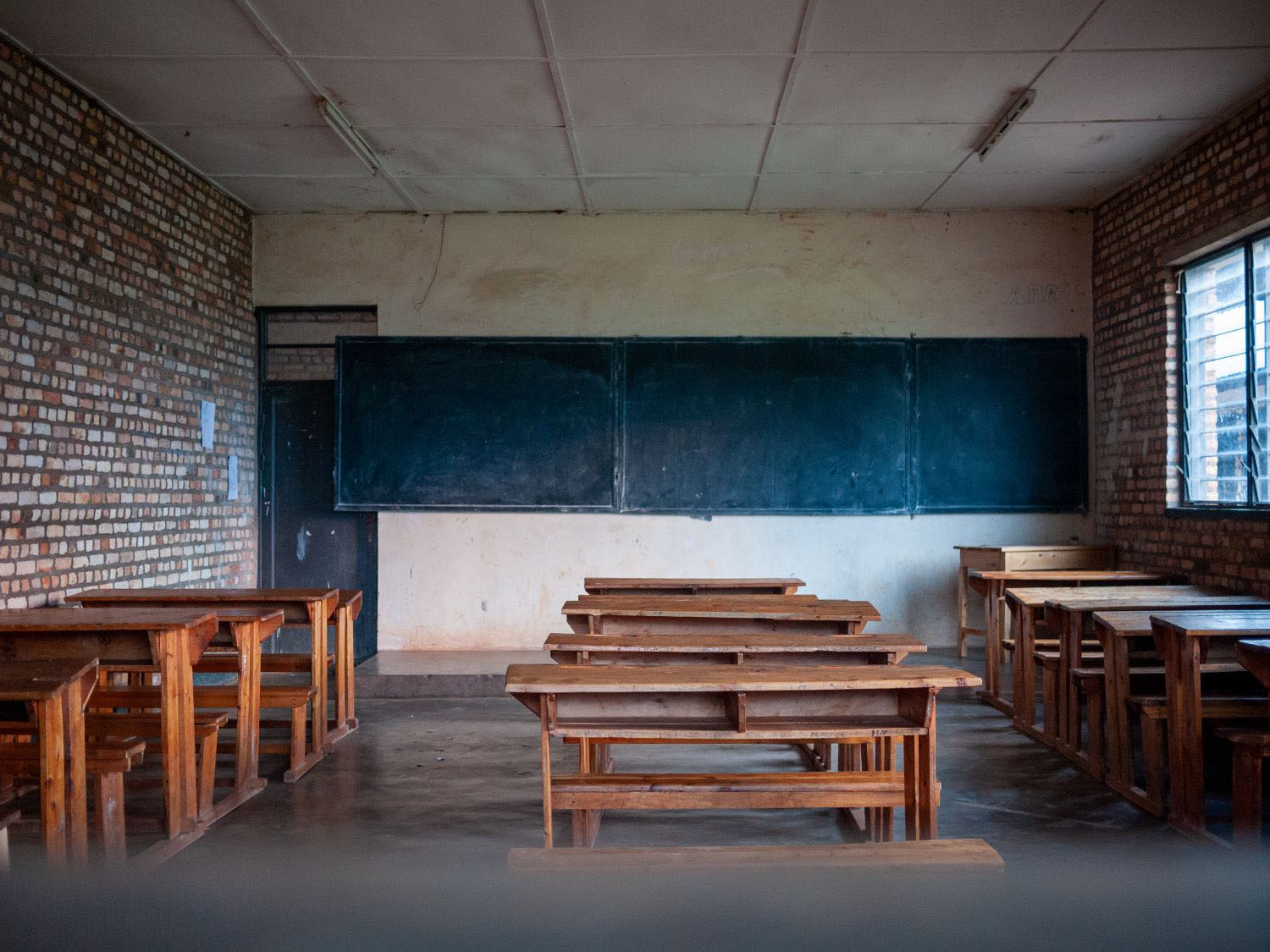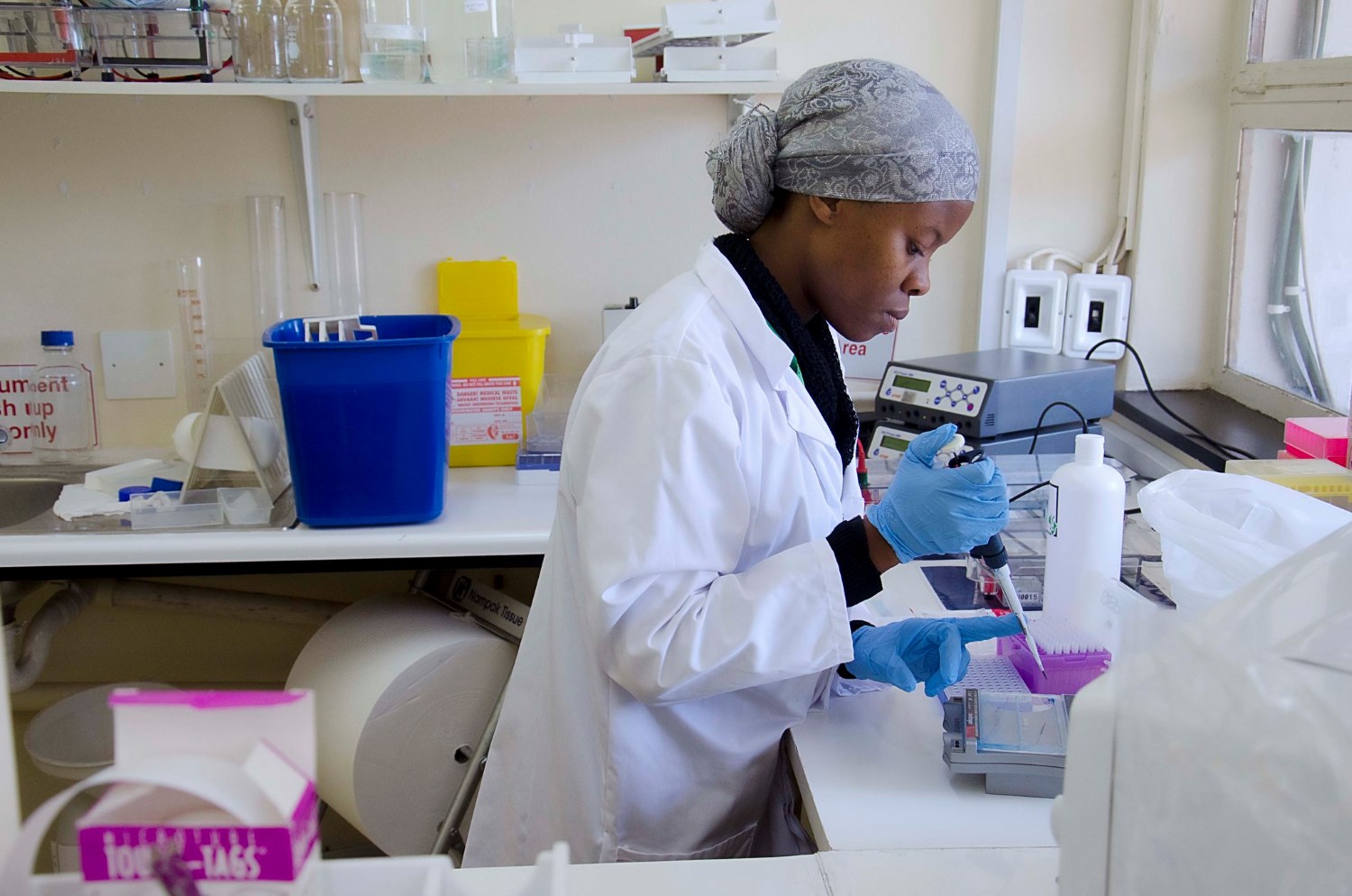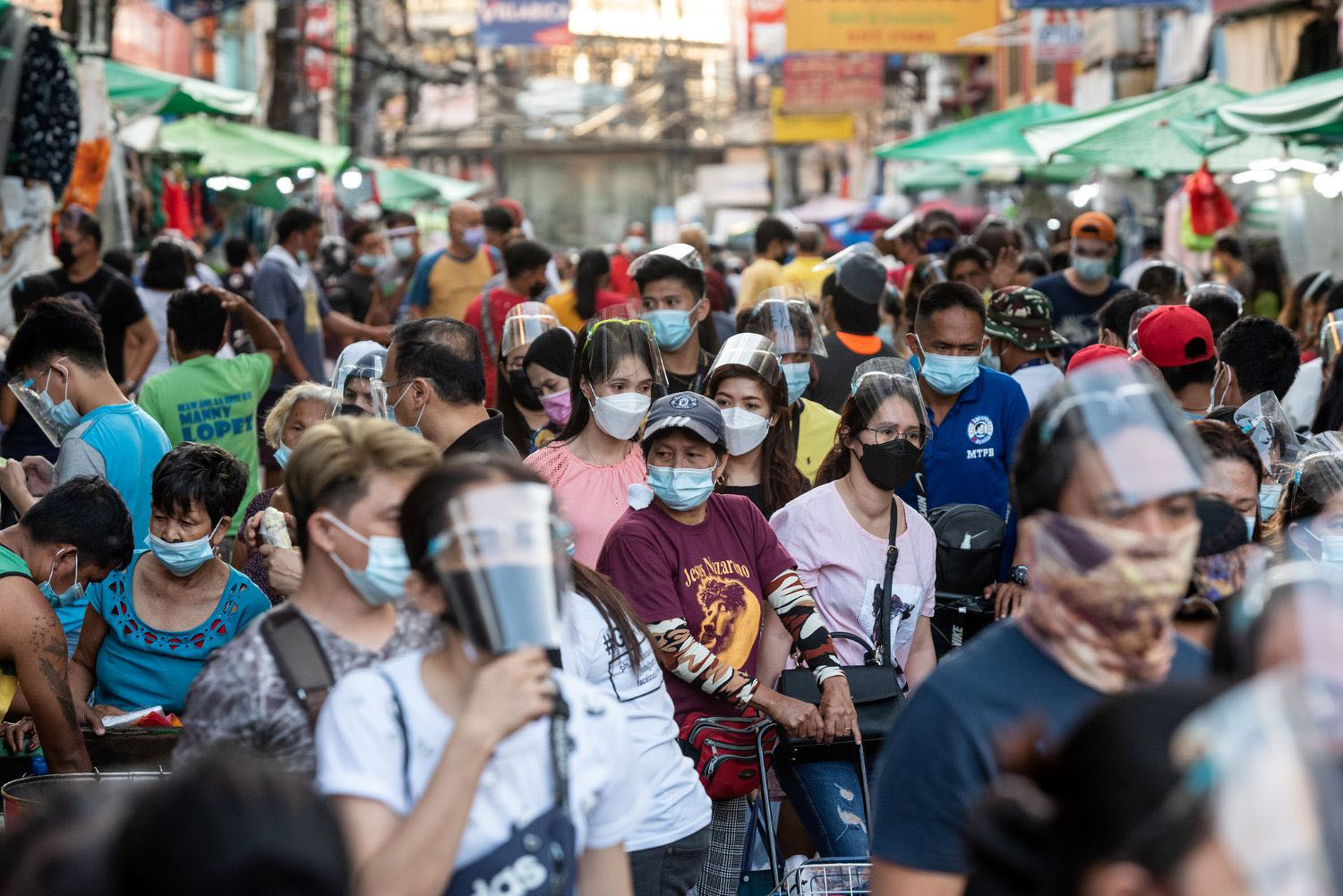Ideas to action: independent research for global prosperity
Research
Innovative, independent, peer-reviewed. Explore the latest economic research and policy proposals from CGD’s global development experts.
WORKING PAPERS
April 11, 2024
POLICY PAPERS
April 15, 2024
CGD NOTES
April 08, 2024
WORKING PAPERS
April 04, 2024
All Research
Filters:
Experts
Facet Toggle
Topics
Facet Toggle
Publication Type
Facet Toggle
Time Frame
Facet Toggle
Research
BRIEFS
March 08, 2017
In the wake of the global financial crisis, the IMF undertook a series of reforms to its lending facilities to manage volatility and help prevent future crises. The reforms included the adoption of two new lending instruments: the Flexible Credit Line (FCL), introduced in 2009, and the&nbs...
WHITE HOUSE AND THE WORLD POLICY BRIEFS
July 20, 2015
In this series, we present more than
a dozen concrete and practical policy
proposals — ranging across trade, energy,
migration, investment, and climate policy,
as well as greater effectiveness of US
foreign aid programs — that will promote
growth and reduce poverty abroad.
WHITE HOUSE AND THE WORLD POLICY BRIEFS
July 20, 2015
The United States has been at the forefront of providing several development-related global public goods, including peace and security via its contributions to international peacekeeping, the monitoring of international sea trade routes, its engagement in forums such as the Financial Action Ta...
BRIEFS
August 04, 2014
In May 2014, Nancy Birdsall, William Savedoff, and Frances Seymour visited Brazil as part of a three-country study to gain insights into the value of future expansion of performance-based payments in other countries. This brief is based on discussions with government officials, NGO staff, private en...
BRIEFS
July 21, 2014
The Quality of Official Development Assistance (QuODA) measures donors’ performance on 31 indicators of aid quality to which donors have made commitments. The indicators are grouped into four dimensions associated with effective aid: maximizing efficiency, fostering institutions, reducing the ...
BRIEFS
November 14, 2012
Climate negotiations have focused on reaching a top-down international agreement and on mobilizing a pool of financial resources. This brief explains the urgent need for a new entity to provide nonfinancial services to faciliate and augment climate action that any nations and private actors take. It...






